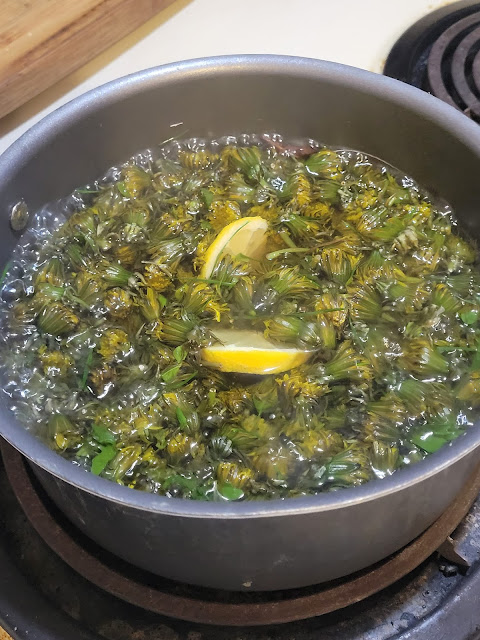From Forest to Table: Mastering the Art of Canning Wild Delights
Introduction:
For those who appreciate the flavors of the wild and seek to capture the essence of nature's bounty, canning squirrel is a culinary adventure worth exploring. Canning offers a reliable method to preserve the meat's tenderness and flavor, allowing you to savor the taste of the wild long after hunting season has ended. In this article, we'll dive into the precise process of canning squirrel, sharing expert tips and a recipe that will ensure your preserved squirrel is succulent and full of natural goodness.
The Art of Canning Squirrel: A Journey into the Wild
Canning is an age-old preservation technique that has stood the test of time. It not only extends the shelf life of food but also captures the unique flavors and textures that make each ingredient special. When it comes to canning squirrel, the process requires attention to detail and the use of proper pressure canning techniques to ensure safety and optimal taste.
Pressure Canning: Preserving Squirrel with Precision
Squirrel meat, being a low-acid food, requires pressure canning to eliminate the risk of harmful bacteria. The recommended pressure for canning squirrel is 15 pounds at 90 minutes of processing time per jar. This combination of pressure and time ensures that the meat is cooked thoroughly and safely preserved.
Before you begin, it's important to properly clean and prepare the squirrel meat. Remove any excess fat, bones, and glands, and cut the meat into manageable pieces. Once you have your squirrel meat ready, it's time to embark on the canning process.
Recipe: Canned Squirrel Delight
Ingredients:
- - Freshly prepared squirrel meat, cleaned and cut into pieces
- - Canning jars with lids and bands
- - Water for canning
- - Salt and pepper to taste (optional)
Instructions:
1. Sterilize your canning jars, lids, and bands according to the manufacturer's instructions. This step ensures your jars are clean and ready for the canning process.
2. Place the prepared squirrel meat pieces into the sterilized jars, leaving about 1 inch of headspace at the top.
3. If desired, season the meat with salt and pepper to taste.
4. Wipe the rim of each jar with a clean, damp cloth to remove any food particles or residue.
5. Place the lids on the jars and secure them with the bands, tightening them just until they are snug.
6. Fill your pressure canner with water according to the manufacturer's instructions, ensuring there is enough water to cover the jars.
7. Place the filled jars into the pressure canner, following the canner's guidelines for proper placement and spacing.
8. Secure the lid of the pressure canner and follow the manufacturer's instructions to bring the canner up to the recommended pressure of 15 pounds.
9. Once the canner reaches the desired pressure, begin timing the process. Maintain the pressure for 90 minutes to ensure thorough cooking and safe preservation.
10. After the processing time is complete, turn off the heat and allow the pressure canner to cool naturally. Avoid any sudden temperature changes or attempts to release pressure forcefully.
11. Once the pressure has returned to normal and it is safe to do so, carefully remove the jars from the canner and place them on a cooling rack or towel.
12. Allow the jars to cool completely before checking the seals. The lids should be concave and firmly sealed.
Conclusion:
Canning squirrel is an art that combines the flavors of the wild with the convenience of long-term preservation. By following the precise techniques of pressure canning, you can safely capture the essence of squirrel meat and savor its tenderness and flavor throughout the year. So, grab your canning jars, prepare your squirrel meat, and embark on this culinary adventure that brings the taste of the wild to your pantry. Let the flavors of nature shine through as you enjoy the delights of freshly canned squirrel, a testament to the art of preserving the bounty of the wild.






















Comments